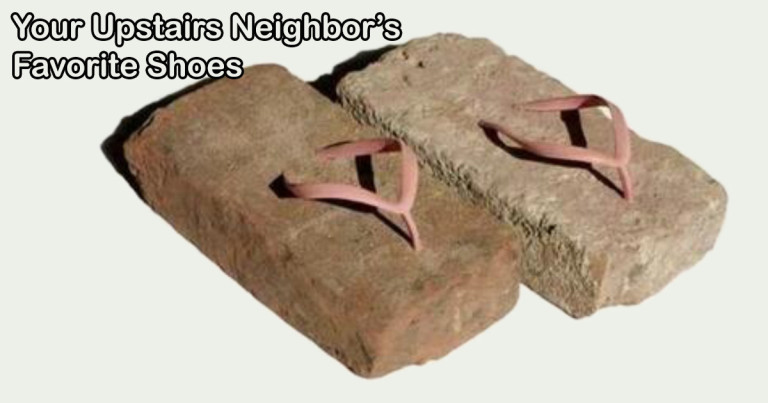When the noise from the condo or apartment unit above sounds like your neighbor’s favorite shoes are a pair of bricks, it can be a struggle. It’s not just multi-family and mixed-use units, single family homes can fall prey to unwanted noises that move from room to room. If you’re looking for some DIY option to help with the echo in your home – please see The Resonance in Your Residence Part 1. Here, we’re talking about those annoying noises from upstairs or next door.
Avoiding Noise
If your architect, builder, or condo-association worked with an independent acoustical consultant, like ABD Engineering & Design, the interior walls, exterior walls (including doors and windows), and floor ceilings should be designed and built to reduce unwanted sounds. The building mechanical systems should be reasonably quiet. Projects like these are easiest to handle during construction or renovation, and before anyone moves in of course.
After You Move in
When we work on existing homes, apartments, or condominiums (or for that matter offices, medical facilities, and schools), we typically perform acoustical measurements in the spaces. We can check the room acoustics, noise isolation, and mechanical noise, or just one or two of those as needed. Once we have our data and analyze it, we create a report that describes what we found, and what steps are necessary to reach your goals for the spaces. Typically, we make recommendations for construction materials and methods, including the types of products or materials, the square footage needed, and the locations where they need to go. Since we don’t sell or install anything, you know our recommendations are in your best interest, and your favorite local contractor, or a manufacturer, can pick it up from there. The solution always involves some sort of change, or construction project.
A Construction Project
To improve the noise isolation of exterior walls, or the building envelope, the windows and doors usually need upgrading. Then, the walls themselves can be improved. Interior walls often need attention to keep sound from transmitting from one room or unit to another.
If you hear footsteps from up-above, we say that the impact insulation of the floor-ceiling is inadequate. We’re not talking about insulation that you’d use for maintaining room-temperature, but rather a different kind of insulation for sound. Likewise, you want to be a good neighbor, and keep from annoying the people below you. Carpeting is great for improving impact insulation, but when you want hard surfaced floors, you need more than what a basic wood or tile floor provides. Rather, hard surfaced floors can be raised or built up to add resiliency and reduce the footfall sound. Sometimes, a resilient ceiling may (or must) be installed underneath in order to further reduce noise from footsteps. This can require rebuilding existing ceilings, or regarding the floor – raising the doorways, cabinets and everything else that intersects with that floor. You can judge how badly you want hard surfaced floors to go through all of that.
Fixing the stairways and mechanical systems can be quite a project as well. Stairways should be isolated to reduce the noise of foot-traffic going up and down. The mechanical systems like heating and cooling, plumbing, trash chutes, and elevators should be addressed to reduce the noise they create. And finally, the finishes in the rooms are considered to reduce the echo in a spaces (even allowing you to keep those popular hard surfaces).
Deceptively Simple
Seemingly simple changes like redecorating, or replacing carpet with tile or laminate flooring can make your downstairs neighbor miserable, or your house seem much louder inside. Sometimes deconstruction or demolition is required before corrective construction can begin. Before you consider tackling a project like these, get the input of an independent acoustical consultant. We’re happy to help.
For more about residential acoustics, read The Resonance in Your Residence Part 1 and Part 3.
